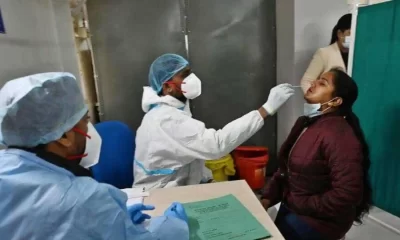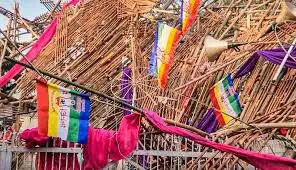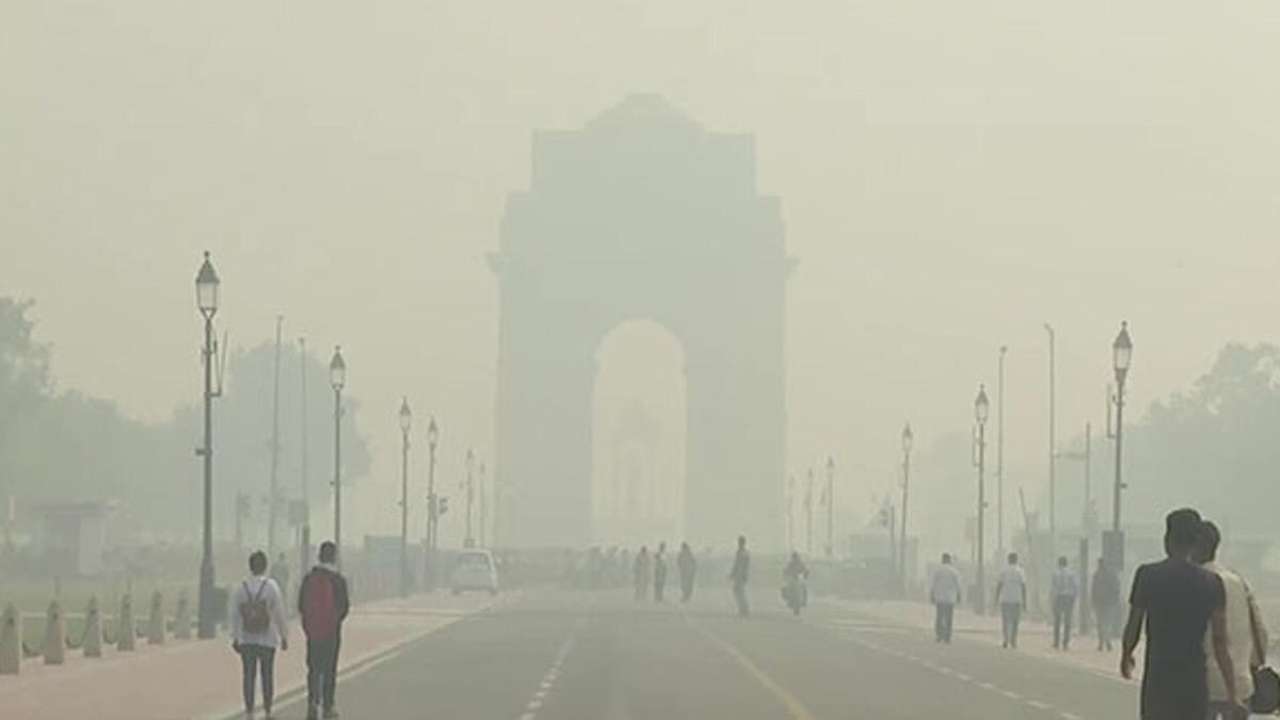India News
UP and Rajasthan have to be careful.
A new study has thrown up surprising conclusions. The study holds that UP, Rajasthan districts with less Covid-19 cases are at high risk due to social vulnerability.
India News
Delhi air quality plunges to severe as thick smog blankets the capital
Delhi’s air quality deteriorated sharply with AQI entering the ‘severe’ zone across several areas, prompting enforcement of GRAP stage-IV measures.
India News
Rahul Gandhi alleges institutional bias, questions electoral system during Berlin address
Rahul Gandhi alleged that India’s institutions and electoral system have been weaponised to favour the BJP, remarks that sparked a strong political response.
India News
DU VC Prof Yogesh Singh entrusted with additional charge of AICTE Chairman
-

 India News21 hours ago
India News21 hours agoDU VC Prof Yogesh Singh entrusted with additional charge of AICTE Chairman
-

 India News22 hours ago
India News22 hours agoGoa nightclub fire case: Court extends police custody of Luthra brothers by five days
-

 India News4 hours ago
India News4 hours agoRahul Gandhi alleges institutional bias, questions electoral system during Berlin address
-

 Entertainment22 hours ago
Entertainment22 hours agoDhurandhar box office day 17: Ranveer Singh film crosses Rs 555 crore, enters all-time top 10
-

 India News4 hours ago
India News4 hours agoDelhi air quality plunges to severe as thick smog blankets the capital
















